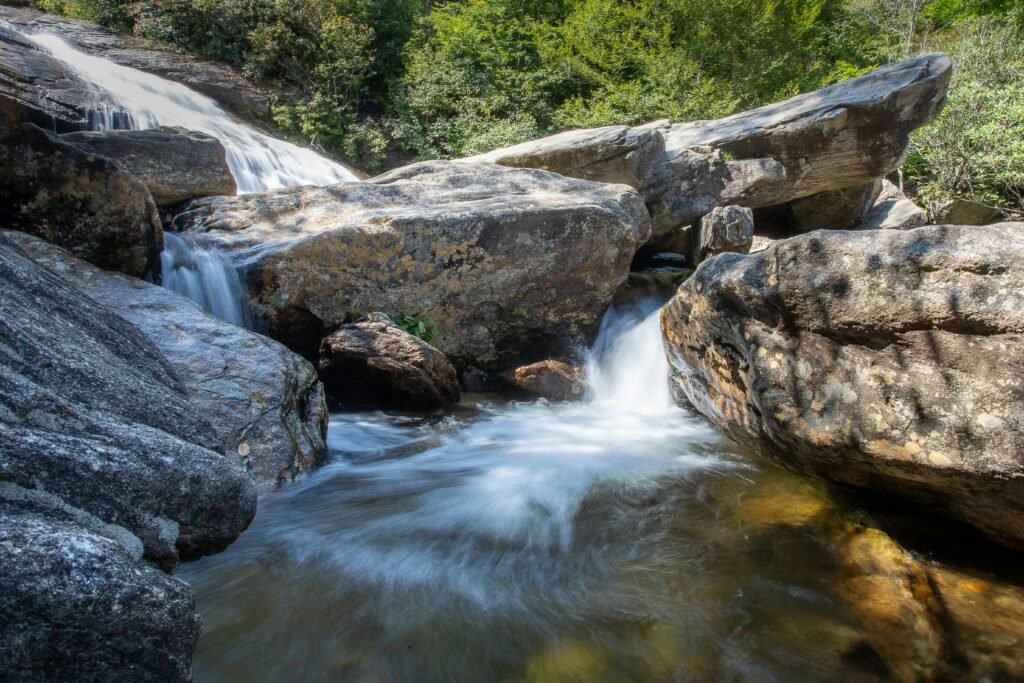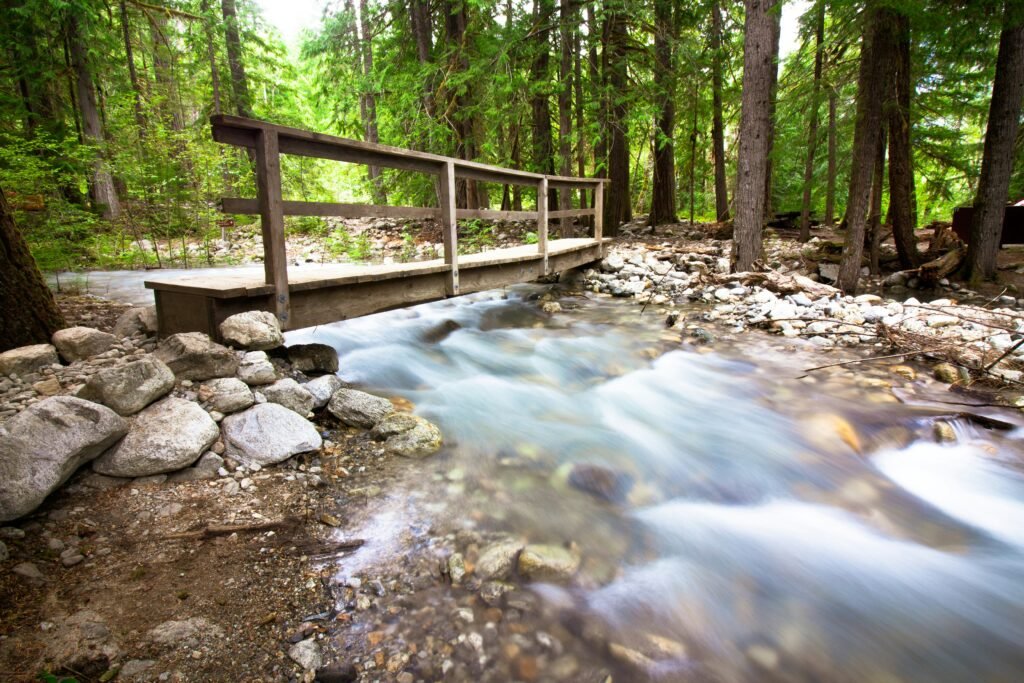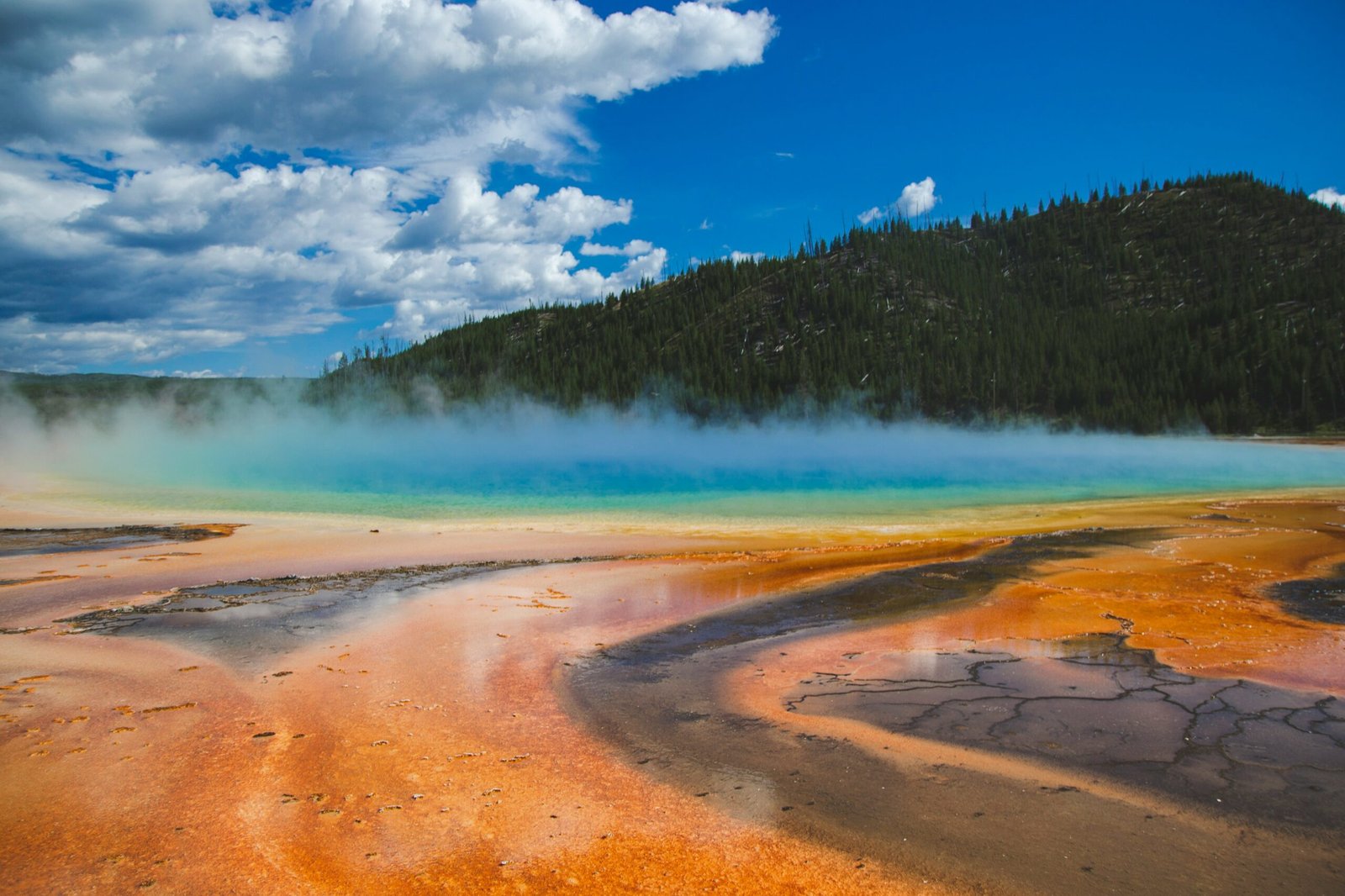Introduction to America’s National Parks
The United States boasts a vast and celebrated network of National Parks, known for their stunning beauty, diverse ecosystems, and rich history. These parks were established to preserve the nation’s landscapes and wildlife, showcasing America’s dedication to environmental conservation and public enjoyment. The first National Park, Yellowstone, was designated in 1872, setting the stage for more protected areas focused on conservation and recreation.
Today, the National Park System includes 63 parks covering over 84 million acres across all 50 states, the District of Columbia, and U.S. territories. Annually, more than 300 million visitors flock to these parks to experience their unparalleled beauty and tranquility. From the breathtaking vistas of the Grand Canyon to the lush forests of the Great Smoky Mountains, each park offers a unique glimpse into the diverse landscapes and heritage of the United States.
The National Park Service (NPS), established in 1916, manages these cherished resources. The NPS preserves and protects natural and cultural resources within the parks while ensuring public enjoyment and education. Through effective management and conservation efforts, the NPS maintains these natural wonders for future generations. Their work includes maintaining trails, safeguarding wildlife, and protecting ecosystems.
National Parks are more than just leisure destinations; they are crucial sanctuaries for biodiversity and natural heritage. They provide essential habitats for countless species, some endangered or endemic. Additionally, these parks serve as living laboratories for scientific research, helping us understand natural processes and informing global conservation efforts.
In essence, America’s National Parks embody the nation’s natural splendor. They inspire awe and foster a deeper appreciation for the environment, reminding us of the vital importance of preserving and protecting our natural heritage.
Top Must-Visit National Parks
The United States is home to numerous awe-inspiring National Parks, each offering unique landscapes and experiences. Among the most renowned are Yellowstone, Yosemite, the Grand Canyon, and the Great Smoky Mountains.
Yellowstone National Park

Yellowstone National Park, famous for its geothermal features like the Old Faithful Geyser, spans Wyoming, Montana, and Idaho. It boasts diverse ecosystems, making it a haven for wildlife enthusiasts hoping to spot grizzly bears, bison, and gray wolves. The best time to visit is from late April to early November when most roads and facilities are open. Popular activities include hiking, camping, and enjoying scenic landscapes.
Yosemite National Park

Yosemite National Park, located in California’s Sierra Nevada mountains, is celebrated for its breathtaking cliffs, ancient sequoias, and towering waterfalls. Iconic formations like Half Dome and El Capitan attract rock climbers and photographers. Yosemite is open year-round, but spring and fall offer temperate weather and fewer crowds. Visitors can hike, rock climb, or simply enjoy the stunning views from Yosemite Valley.
Grand Canyon National Park

Grand Canyon National Park in Arizona offers unparalleled vistas of the immense canyon carved by the Colorado River. The South Rim, open year-round, provides accessible viewpoints and visitor services, while the North Rim, more remote and less crowded, is open from mid-May to mid-October. Popular activities include rim-to-river hiking, rafting on the Colorado River, and scenic helicopter tours. Autumn and spring are ideal for pleasant weather and fewer tourists.
Great Smoky Mountains National Park

Great Smoky Mountains National Park, straddling the border of North Carolina and Tennessee, is renowned for its diverse plant and animal life, ancient mountains, and remnants of Southern Appalachian culture. It’s the most visited national park in the U.S., offering activities like hiking, wildlife spotting, and exploring historic homesteads. The park is accessible year-round, with fall being especially popular for vibrant foliage displays.
Each of these parks showcases some of the most majestic landscapes in the United States and offers various activities to captivate every outdoor enthusiast. Plan your visits to maximize enjoyment and minimize crowds, ensuring a memorable experience in these treasured national parks.
Lesser-Known Hidden Gems
While famous National Parks like Yellowstone, Yosemite, and the Grand Canyon often grab attention, the United States is home to many lesser-known gems. Parks like North Cascades, Congaree, and Dry Tortugas offer equally spectacular experiences for nature lovers, each showcasing unique ecosystems and landscapes.
North Cascades National Park

North Cascades National Park in Washington state is a paradise for mountaineers and hikers. Often called the “American Alps,” the park features over 300 glaciers, rugged peaks, and lush valleys rich with wildlife. With over 400 miles of hiking trails, ranging from easy walks to challenging treks, North Cascades offers something for everyone. From the stunning views at Cascade Pass to the peacefulness of Ross Lake, this park delivers mesmerizing experiences that rival its more famous counterparts.
Congaree National Park

Congaree National Park in South Carolina boasts a unique floodplain forest, home to some of the tallest trees in the eastern U.S. This swampy landscape supports a vibrant ecosystem, offering activities like canoeing along Cedar Creek, birdwatching, and hiking the boardwalk loop trail. The park’s ancient hardwood forest, teeming with diverse plant species and wildlife, provides a distinct environment far removed from the mountainous parks. Congaree’s biodiversity is remarkable, with a variety of amphibians, fish, and even occasional sightings of bobcats and river otters.
Dry Tortugas National Park

Dry Tortugas National Park, located about 70 miles west of Key West, Florida, is renowned for its crystal-clear waters, coral reefs, and historic Fort Jefferson. Accessible only by boat or seaplane, this remote park offers a unique mix of natural beauty and historical intrigue. Snorkelers and divers can explore vibrant marine life and shipwrecks, while history buffs can uncover the 19th-century Fort Jefferson’s past. The park’s pristine beaches and secluded setting provide a peaceful escape from crowded tourist spots.
In conclusion, lesser-known National Parks like North Cascades, Congaree, and Dry Tortugas offer unforgettable experiences. By venturing off the beaten path, travelers can discover the extraordinary beauty and cultural richness within these hidden gems.
Preservation Efforts and Challenges
The preservation of National Parks in the United States has long been a key focus of conservation programs and wildlife protection initiatives. The National Park Service’s Natural Resource Stewardship and Science (NRSS) Directorate plays a vital role in managing the diverse ecosystems within these parks. Their efforts include habitat restoration, species reintroduction, and combating invasive species. Protecting wildlife remains crucial, with specific programs aimed at safeguarding endangered species and maintaining balanced, healthy ecosystems.
Climate change poses a serious threat to these natural treasures. Rising temperatures, shifting precipitation patterns, and more frequent extreme weather events disrupt the delicate balance of park ecosystems. For example, glacial melt in Glacier National Park highlights broader climatic changes that affect both flora and fauna. To counter these effects, adaptation strategies like ecosystem monitoring and climate-informed management practices are essential.
Human activities further complicate the preservation of National Parks. Overcrowding, especially in popular parks like Yellowstone and Yosemite, leads to increased pollution and strains on infrastructure. The rise in visitor numbers calls for more robust waste management systems and increased maintenance efforts to protect these pristine environments. However, budget constraints often limit the resources available for these crucial activities, making it difficult to meet the conservation needs of the parks.
Individuals can play a significant role in preserving these invaluable resources. Participating in volunteer programs, such as trail maintenance and wildlife monitoring, allows visitors to contribute directly to conservation efforts. Additionally, adopting sustainable practices—like following Leave No Trace principles, minimizing waste, and supporting park-friendly initiatives—can help reduce negative impacts. By fostering a sense of stewardship and responsibility among visitors, collective efforts can ensure the long-term preservation of these majestic National Parks.










